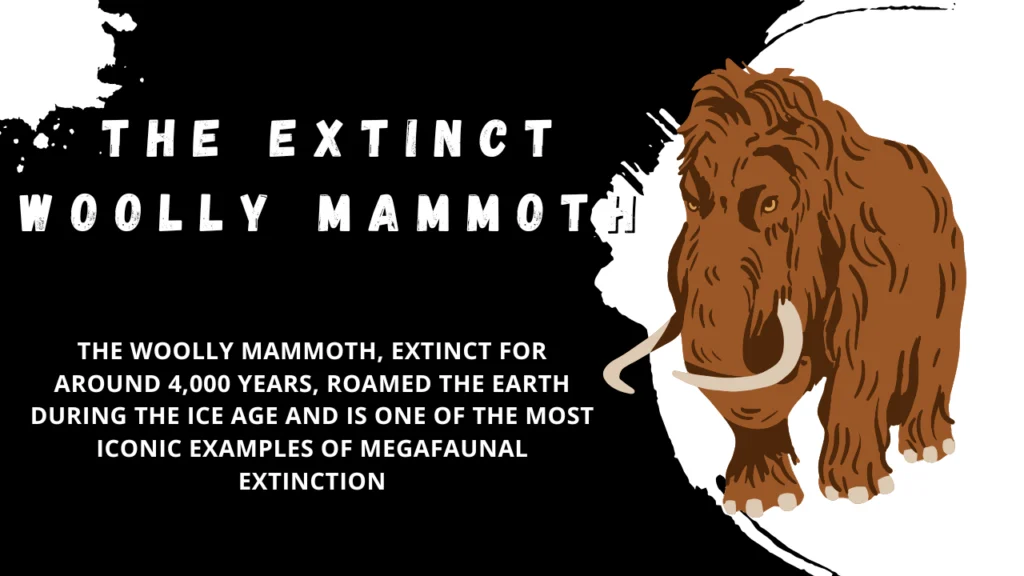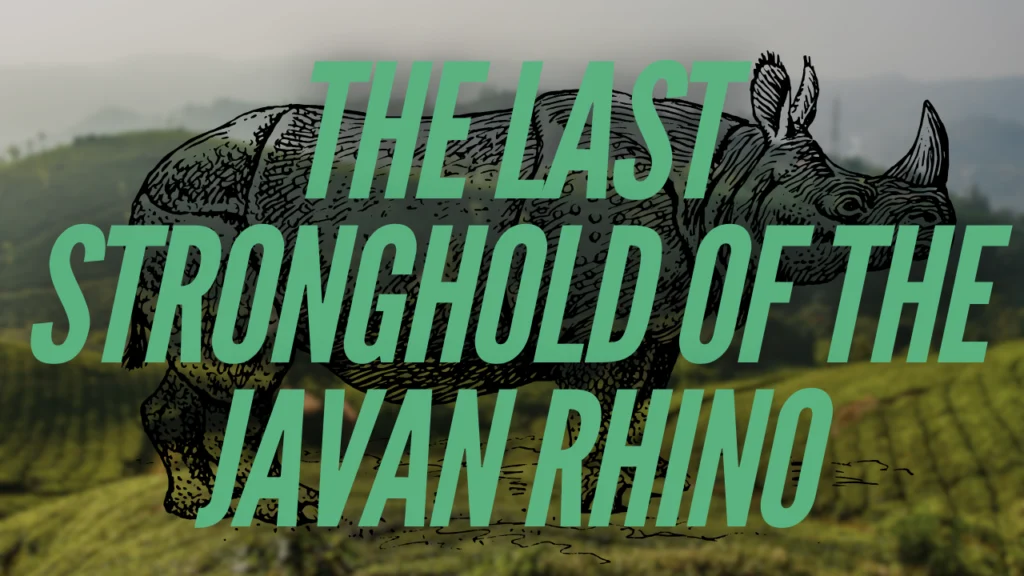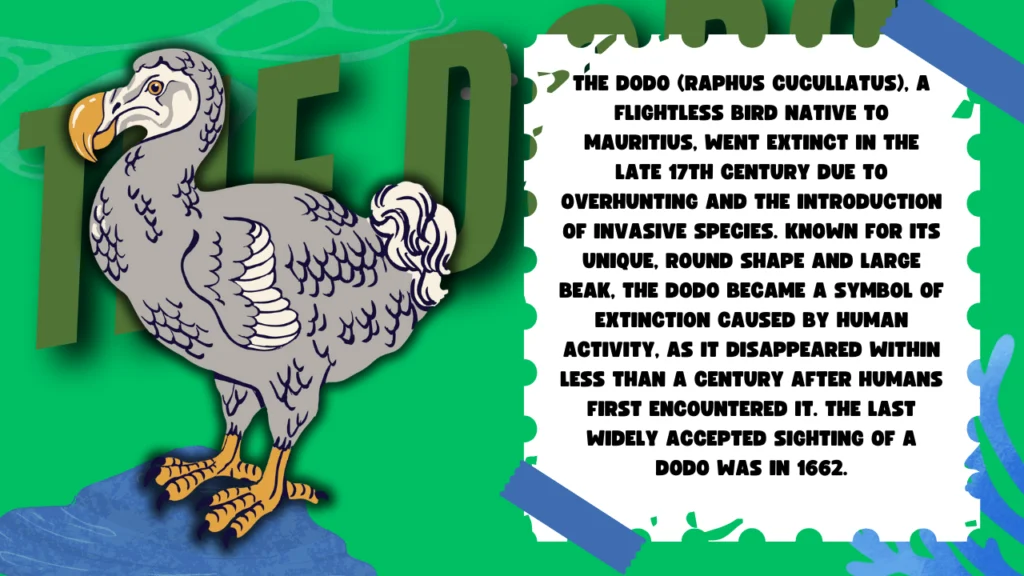Which Animal Does Not Exist Anymore?
Introduction
For centuries, Earth has seen species rise and fall, but in recent history, the extinction rate has accelerated dramatically. Many animals that once roamed our planet no longer exist due to human activities such as habitat destruction, hunting, pollution, and climate change. One of the most tragic aspects of extinction is its finality—once a species is gone, it is lost forever. In this article, we will explore some of the most well-known animals that no longer exist and examine the causes behind their extinction.
What Does Extinction Mean?
Extinction occurs when no individuals of a species remain alive. The reasons can be natural, such as climate changes and geological events, or, as is most often the case today, a result of human actions. Species that have become extinct in recent times were often victims of overhunting, loss of habitat due to deforestation or urban development, and the introduction of invasive species that disrupted ecosystems. The International Union for Conservation of Nature (IUCN) maintains a “Red List” of species, tracking which ones are endangered, critically endangered, and, in the worst cases, extinct.
Animals That Have Gone Extinct in Recent History
1. The Dodo (Raphus cucullatus)
Perhaps one of the most famous extinct animals, the Dodo bird was native to the island of Mauritius in the Indian Ocean. Flightless and fearless of humans, the Dodo was an easy target for sailors who hunted it extensively for food in the 17th century. Additionally, the introduction of invasive species such as rats, pigs, and cats—which fed on Dodo eggs—led to its extinction around 1681.
Cause of Extinction: Overhunting and predation by invasive species.
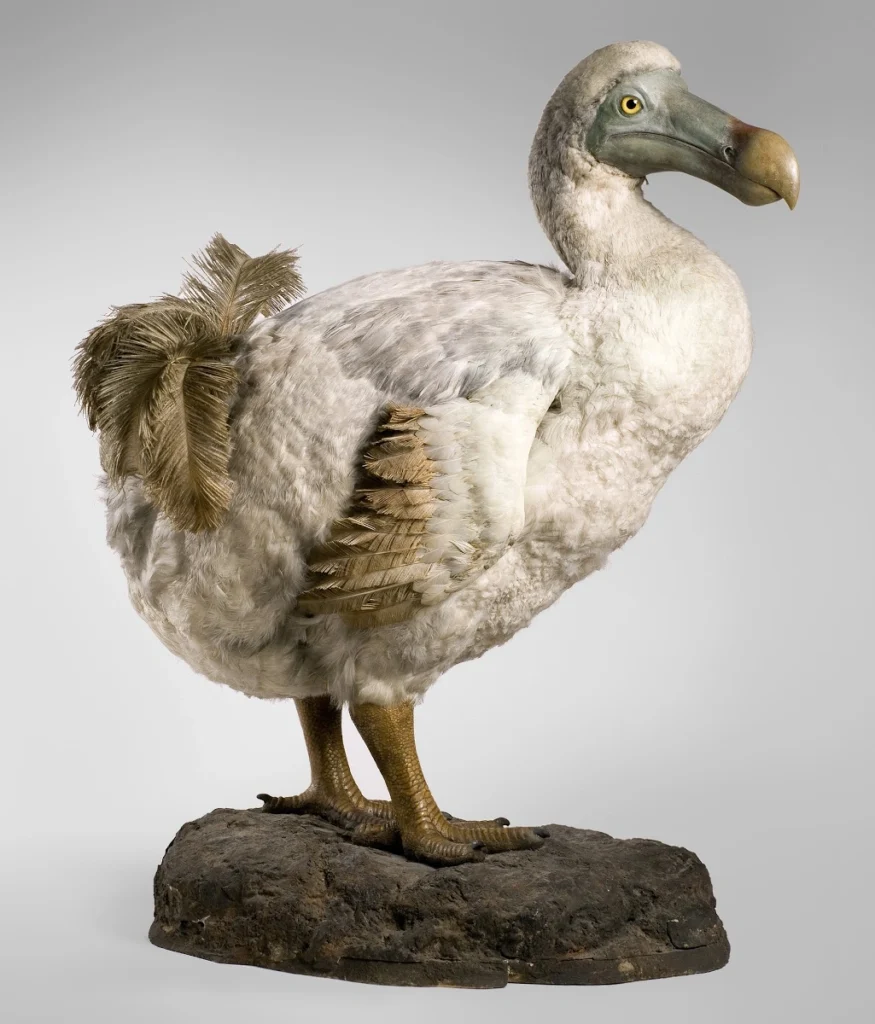
2. The Passenger Pigeon (Ectopistes migratorius)
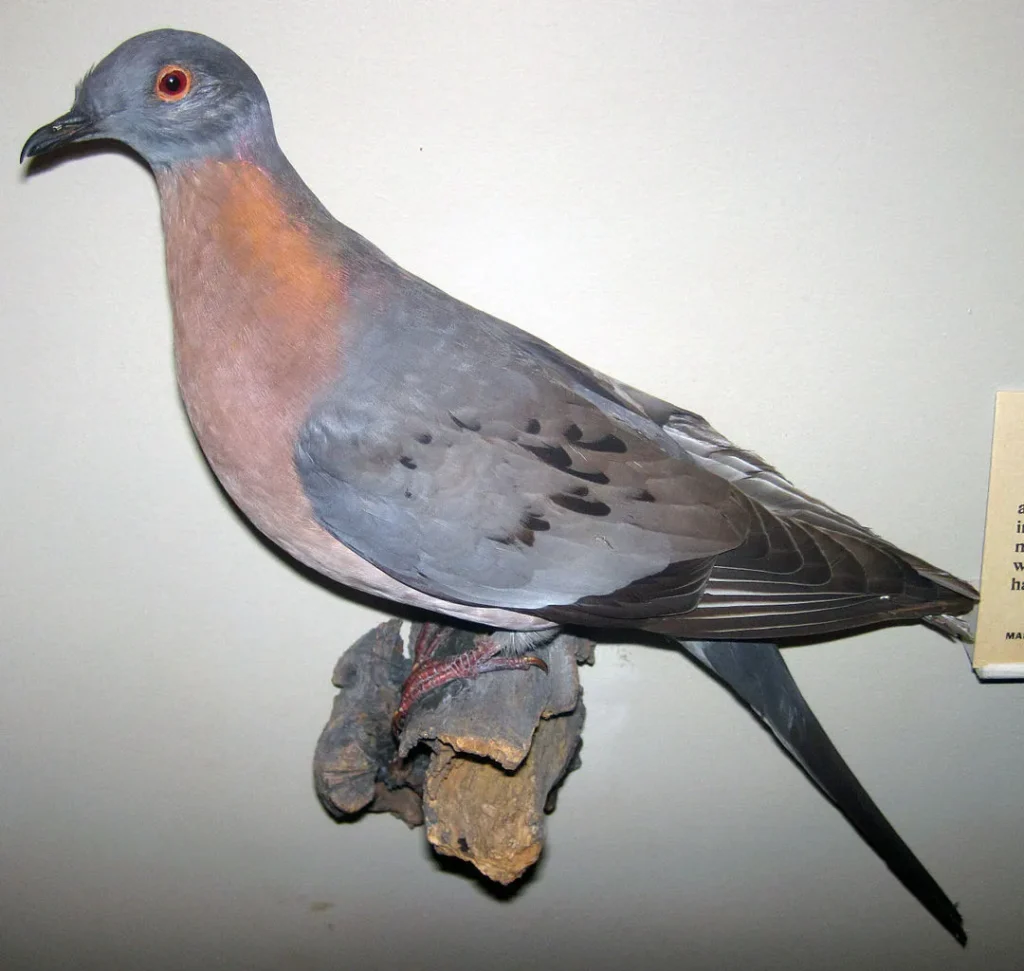
Once numbering in the billions, the Passenger Pigeon darkened the skies of North America with its massive flocks. Unfortunately, extensive hunting and habitat destruction drove the species to extinction. The last known Passenger Pigeon, named Martha, died in captivity at the Cincinnati Zoo in 1914.
Cause of Extinction: Mass hunting and habitat loss.
3. The Woolly Mammoth (Mammuthus primigenius)
The Woolly Mammoth was an iconic species of the Ice Age, characterized by its thick fur and massive tusks. While climate change after the Ice Age played a significant role in their decline, overhunting by early humans is also believed to have contributed to their extinction around 4,000 years ago.
Cause of Extinction: Climate change and overhunting.
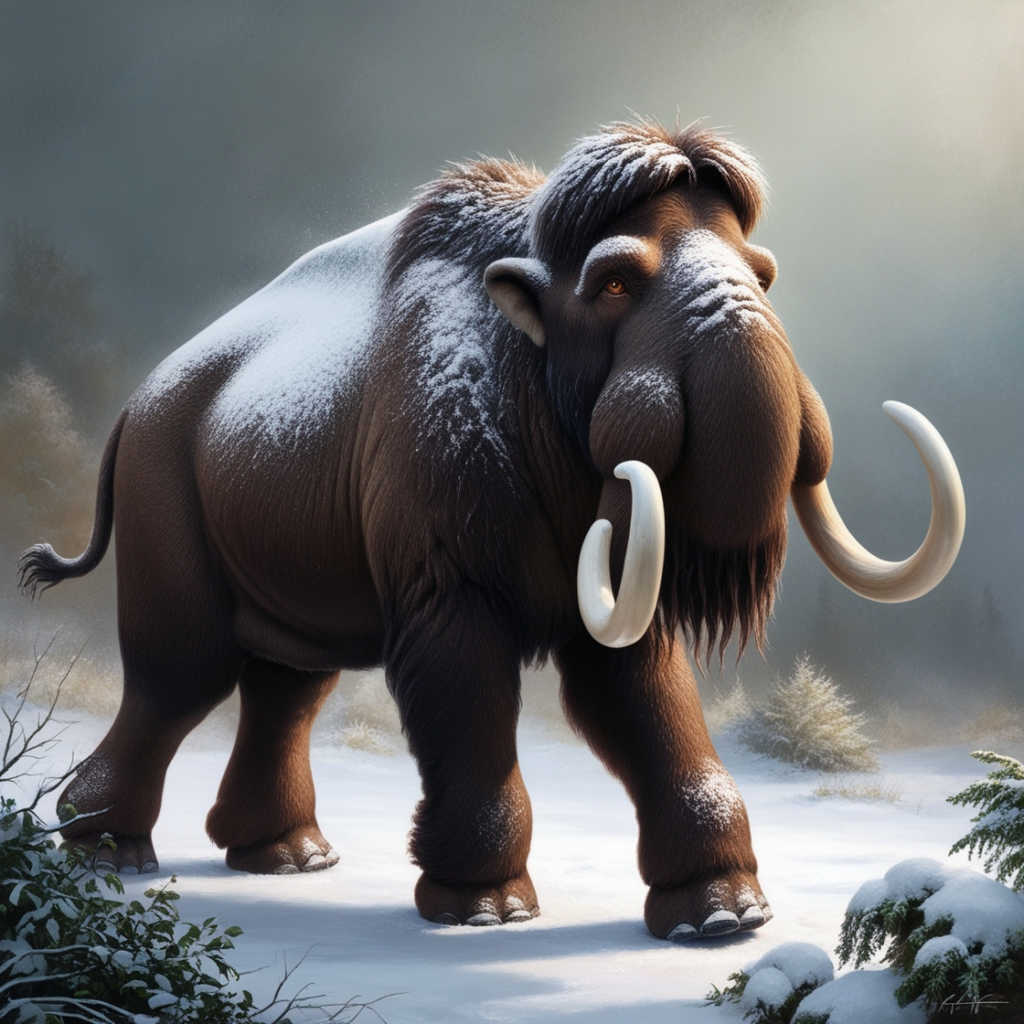
4. The Thylacine (Thylacinus cynocephalus)
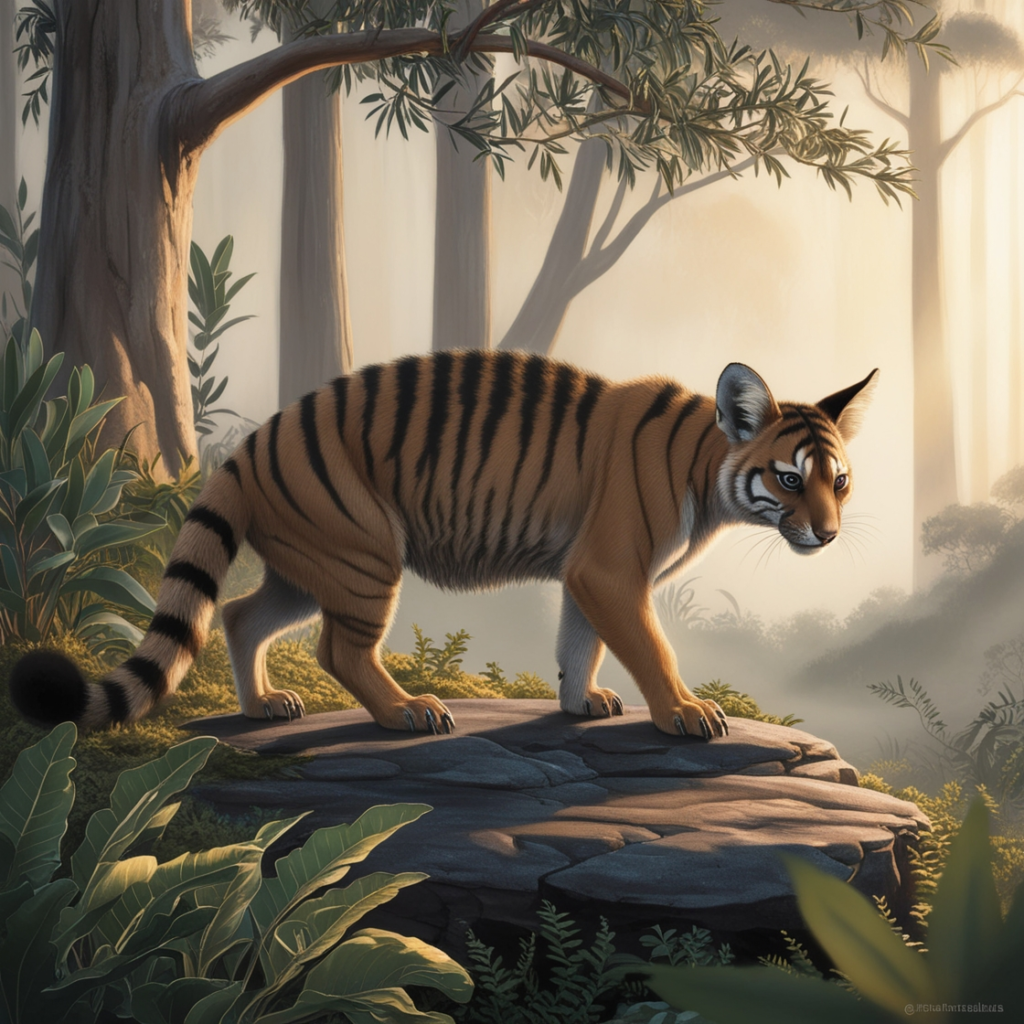
Also known as the Tasmanian Tiger, the Thylacine was a carnivorous marsupial native to Tasmania. It resembled a dog with stripes on its back, but it was much more elusive and solitary. Hunted to protect livestock, and suffering from competition with introduced species like dogs, the last known Thylacine died in captivity in 1936.
Cause of Extinction: Overhunting and competition from invasive species.
5. The West African Black Rhino (Diceros bicornis longipes)
The West African Black Rhino was once widespread across parts of sub-Saharan Africa. However, relentless poaching for its horn, believed to have medicinal properties, decimated the population. It was officially declared extinct in 2006 after conservationists failed to find any remaining individuals in the wild.
Cause of Extinction: Poaching for their horns.
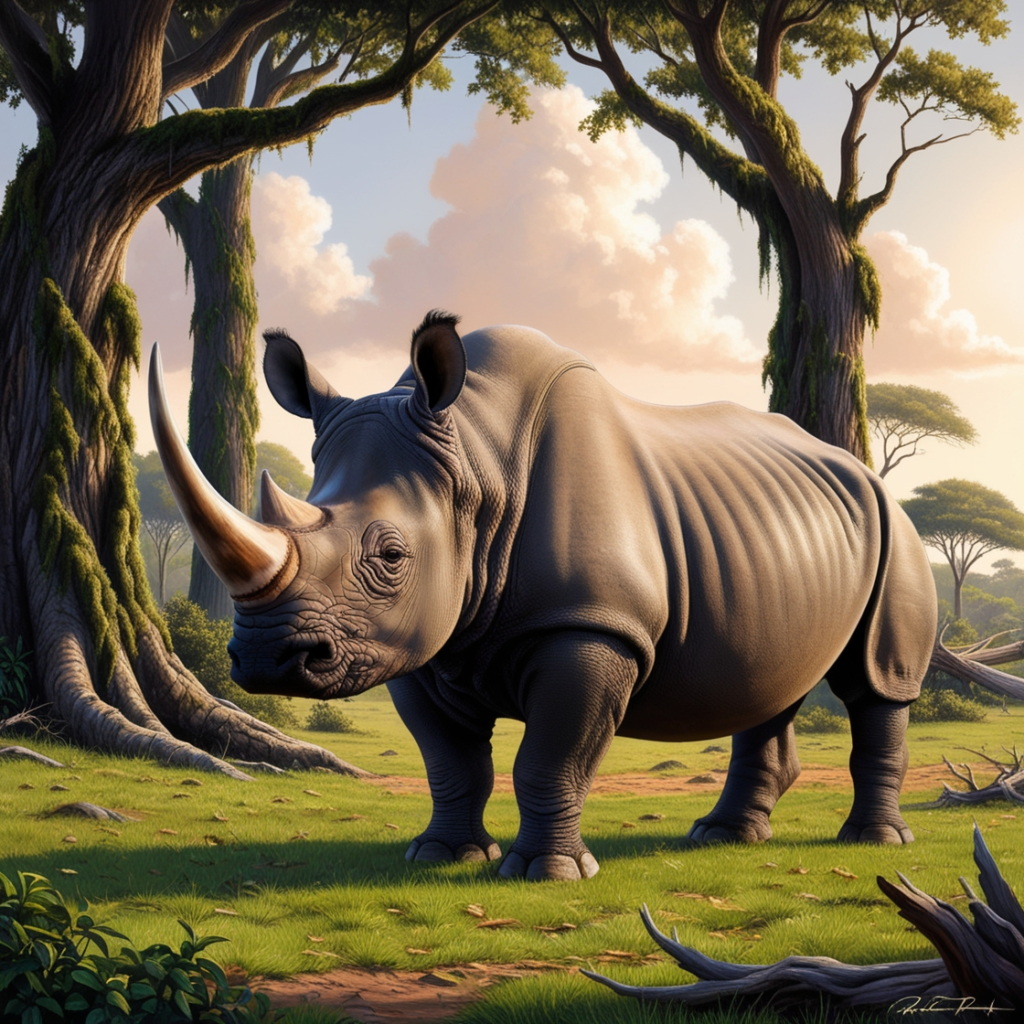
6. The Great Auk (Pinguinus impennis)
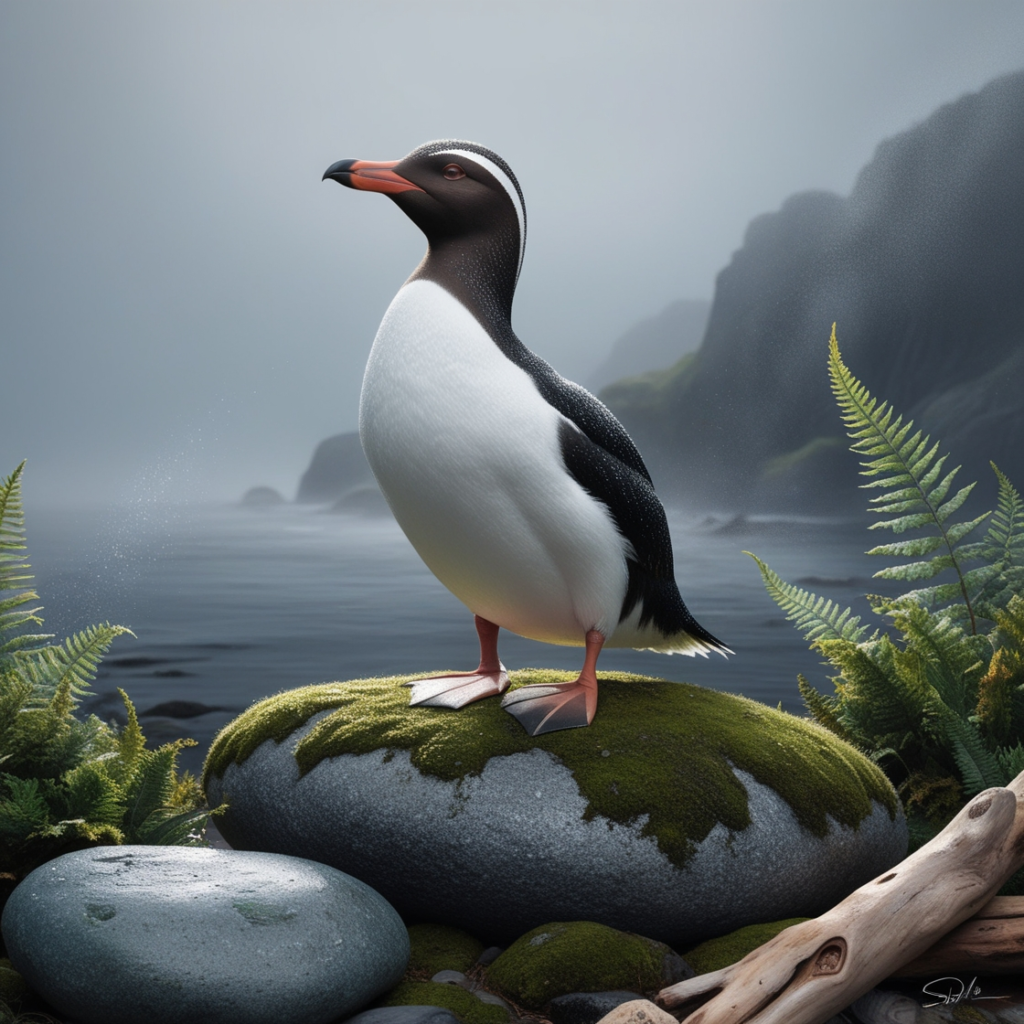
The Great Auk was a large, flightless seabird that inhabited the North Atlantic. Similar in appearance to penguins, these birds were hunted for their feathers, meat, and oil. The last known Great Auks were killed in 1844 on an island off Iceland for museum collections, marking the species’ extinction.
Cause of Extinction: Overhunting for feathers, food, and oil.
7. Yangtze River Dolphin (Lipotes vexillifer)
Also known as the “baiji,” the Yangtze River Dolphin lived in China’s Yangtze River for millions of years. However, pollution, boat traffic, and overfishing drove the species to extinction. The last confirmed sighting was in 2002, and extensive surveys in 2006 confirmed the species had likely gone extinct.
Cause of Extinction: Pollution, habitat loss, and overfishing.
8. The Spix’s Macaw (Cyanopsitta spixii)
Popularized by the animated film Rio, the Spix’s Macaw is another species driven to extinction in the wild due to habitat destruction and illegal trade. Known for their stunning blue feathers, the last known individual in the wild was spotted in 2000. Thankfully, there are still some Spix’s Macaws in captivity, with conservationists working to reintroduce them into their natural habitat.
Cause of Extinction: Habitat loss and illegal trapping.
9. The Golden Toad (Incilius periglenes)
The Golden Toad, once found in the cloud forests of Costa Rica, has become a symbol of extinction caused by climate change. Last seen in 1989, it was officially declared extinct in 1994. It is believed that a combination of climate change, which dried up breeding ponds, and the spread of a deadly fungal disease led to their demise.
Cause of Extinction: Climate change and disease.
10. Steller’s Sea Cow (Hydrodamalis gigas)
This massive marine mammal, related to the modern-day manatee, was discovered in the Bering Sea in 1741. It weighed around 10 tons and lived off kelp near the coast. However, it was hunted extensively for its meat and oil, leading to its extinction just 27 years after its discovery in 1768.
Cause of Extinction: Overhunting by humans.
Can We Prevent Future Extinctions?
The extinction of these species serves as a stark reminder of the impact humans have on the planet. While we cannot bring back these lost animals, there are things we can do to prevent further extinctions. Establishing protected areas, banning poaching, and reducing habitat destruction are critical steps. Conservation efforts, such as breeding endangered animals in captivity and reintroducing them into the wild, offer a glimmer of hope.
Moreover, climate change mitigation efforts, sustainable land management, and promoting biodiversity are essential in ensuring that other species don’t follow the same path.
Conclusion
Extinction is irreversible, and every species lost is a tragedy not only for biodiversity but also for the ecosystems that depend on them. By learning from the mistakes of the past, we can take action to preserve endangered species today. The animals we’ve lost serve as a sobering reminder that human activities can have devastating effects on wildlife—but with concerted global efforts, we can prevent further losses and safeguard the future of Earth’s remaining species.
FAQ: Which Animal Does Not Exist Anymore?
What is the most famous extinct animal?
The Dodo is one of the most famous extinct animals, having disappeared in the late 1600s due to human activities.
Can extinct animals be brought back to life?
Some scientists are exploring de-extinction techniques, such as cloning, but reviving an entire species remains highly controversial and complex.
What caused the most recent animal extinctions?
Many recent extinctions are attributed to human activities, such as habitat destruction, poaching, pollution, and climate change.
What can we do to prevent future extinctions?
Conservation efforts, protecting habitats, and reducing pollution and carbon emissions can help preserve endangered species and prevent further extinctions.

